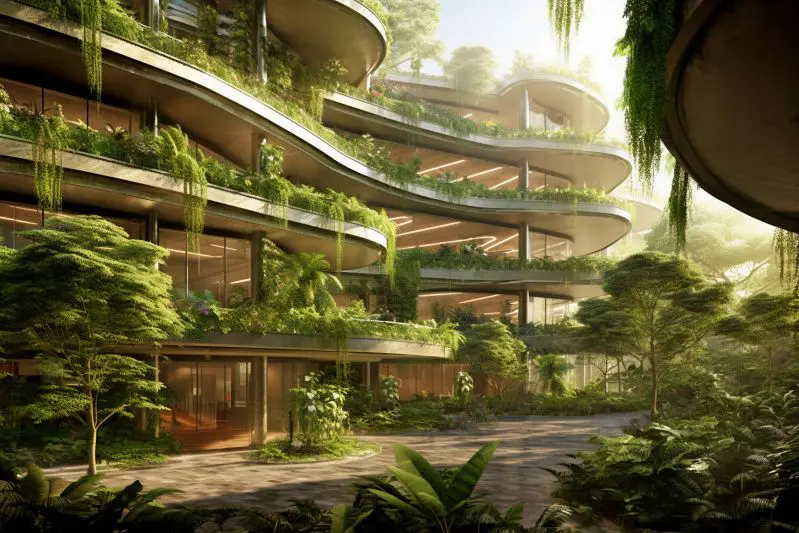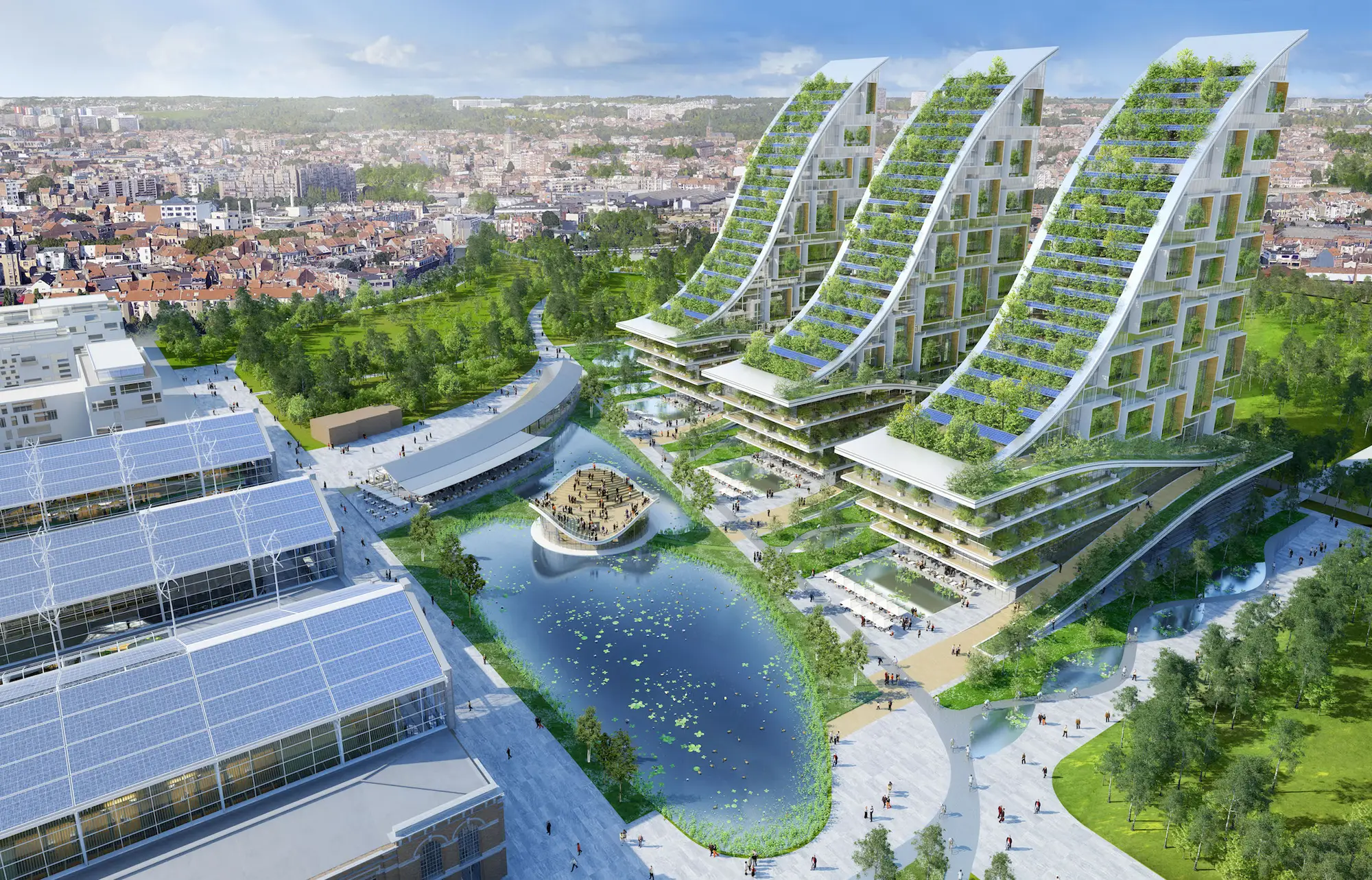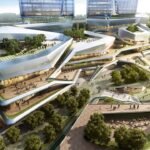Regenerative design principles in architecture
Regenerative design represents a transformative approach to architecture that aims to restore, renew, and revitalize natural and social systems. By integrating ecological principles, sustainable technologies, and community engagement, architects can create buildings and spaces that not only minimize environmental impact but actively contribute to positive ecological and social outcomes. Here’s an exploration of key principles and strategies used in regenerative design:
1. Holistic Systems Thinking
Integrated Design:
- Ecological Context: Understanding and responding to the specific ecological conditions and natural systems of the site.
- Life Cycle Assessment: Considering the environmental impacts of materials, construction, and operation over the building’s entire lifespan.
2. Net-Positive Impact
Beyond Sustainability:
- Energy and Water Independence: Designing buildings that generate more energy than they consume (net-zero energy) and minimize water use through efficient systems and reuse strategies.
- Resource Efficiency: Incorporating renewable materials, recycled content, and cradle-to-cradle principles to reduce waste and resource consumption.
3. Biodiversity and Habitat Restoration

Ecological Resilience:
- Green Roofs and Living Walls: Enhancing biodiversity and improving air quality while reducing urban heat island effects.
- Native Landscaping: Using native plants and natural habitats to restore ecosystems and provide habitats for local wildlife.
4. Adaptive Reuse and Circular Economy
Sustainable Materials and Practices:
- Building Reuse: Renovating existing structures to reduce demolition waste and preserve cultural heritage.
- Closed-Loop Systems: Implementing strategies for material recovery, recycling, and upcycling to create a circular economy within the built environment.
5. Social Equity and Community Engagement
Inclusive Design:
- Stakeholder Participation: Engaging community members, stakeholders, and end-users in the design process to ensure spaces meet diverse needs and preferences.
- Accessibility and Wellness: Designing inclusive environments that prioritize health, safety, and well-being for all occupants.
6. Resilient Design Strategies
Climate Adaptation:
- Climate-responsive Design: Integrating passive solar design, natural ventilation, and resilient building materials to withstand climate change impacts and extreme weather events.
- Water Management: Implementing stormwater management systems and flood-resistant design strategies to mitigate flood risks and preserve water resources.
7. Monitoring and Feedback
Performance Optimization:
- Building Performance Metrics: Using data analytics and monitoring systems to measure energy use, indoor air quality, and occupant comfort, and optimize building operations.
- Continuous Improvement: Implementing adaptive management strategies to learn from performance feedback and enhance building efficiency over time.
8. Case Studies and Examples
Real-World Applications:
- The Bullitt Center, Seattle: A living building that produces its own energy and captures rainwater, setting new standards for sustainable and regenerative design.
- Masdar City, Abu Dhabi: A carbon-neutral eco-city that integrates renewable energy, sustainable mobility, and smart technologies to create a model for urban sustainability.
Conclusion
Regenerative design principles in architecture represent a holistic approach to building that goes beyond sustainability to actively restore and enhance natural and social systems. By embracing these principles, architects can play a pivotal role in addressing global challenges such as climate change, resource depletion, and urbanization while creating resilient, healthy, and vibrant communities for future generations. As the demand for environmentally responsible design grows, regenerative architecture offers a pathway towards a more sustainable and equitable built environment that supports both human well-being and planetary health.



